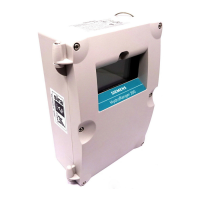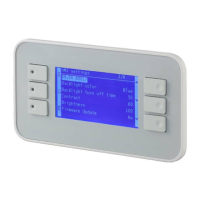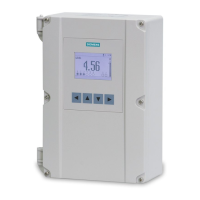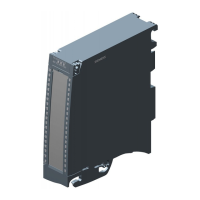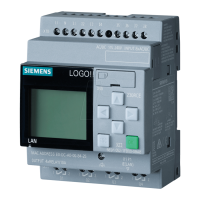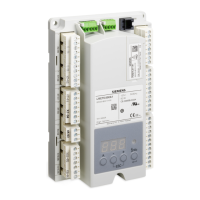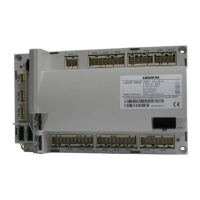hwc_intro.fm
A31003-W1040-U101-1-7619, July 2006 DRAFT
HiPath Wireless Controller, Access Points and Convergence Software V4.0, C10/C100/C1000 User Guide
39
Overview of the Controller, Access Points and Convergence Software solution
Controller, Access Points and Convergence Software and your network
3.3.6 Mobility and roaming
In typical configurations, APs are setup as bridges, which bridge wireless traffic to the local
subnet. In bridging configurations, the user obtains an IP address from the same subnet as the
AP. If the user roams within APs on the same subnet, it is able to keep using the same IP
address. However, if the user roams to another AP outside of that subnet, its IP address is no
longer valid. The user's client device must recognize that the IP address it has is no longer valid
and re-negotiate a new one on the new subnet. The protocol does not mandate any action on
the user. The recovery procedure is entirely client dependent. Some clients automatically
attempt to obtain a new address on roam (which affects roaming latency), while others will hold
on to their IP address. This loss of IP address continuity seriously affects the client's experience
in the network, because in some cases it can take minutes for a new address to be negotiated.
The solution centralizes the user's network point of presence, therefore abstracting and
decoupling the user's IP address assignment from that of the APs location subnet. That means
that the user is able to roam across any AP without loosing its own IP address, regardless of
the subnet on which the serving APs are deployed.
In addition, a HiPath Wireless Controller can learn about other HiPath Wireless Controllers on
the network and then exchange client session information. This enables a wireless device user
to roam seamlessly between different Wireless APs on different HiPath Wireless Controllers.
3.3.7 Network availability
Controller, Access Points and Convergence Software provides availability against Wireless AP
outages, HiPath Wireless Controller outages, and even network outages. The HiPath Wireless
Controller (C2400 model) in a VLAN bridged VNS can potentially allow the user to retain the IP
address in a failover scenario, if the VNS/VLAN is common to both controllers. For example,
availability is provided by defining a paired controller configuration by which each peer can act
as the backup controller for the other's APs. APs in one controller are allowed to failover and
register with the alternate controller.
If a HiPath Wireless Controller fails, all of its associated Wireless APs can automatically switch
over to another HiPath Wireless Controller that has been defined as the secondary or backup
HiPath Wireless Controller. If the AP reboots, the original HiPath Wireless Controller is
restored. The original HiPath Wireless Controller is restored if it is active. However, active APs
will continue to be attached to the failover controller until the administrator releases them back
to the original home controller.
3.3.8 Quality of Service (QoS)
Controller, Access Points and Convergence Software provides advanced Quality of Service
(QoS) management to provide better network traffic flow. Such techniques include:

